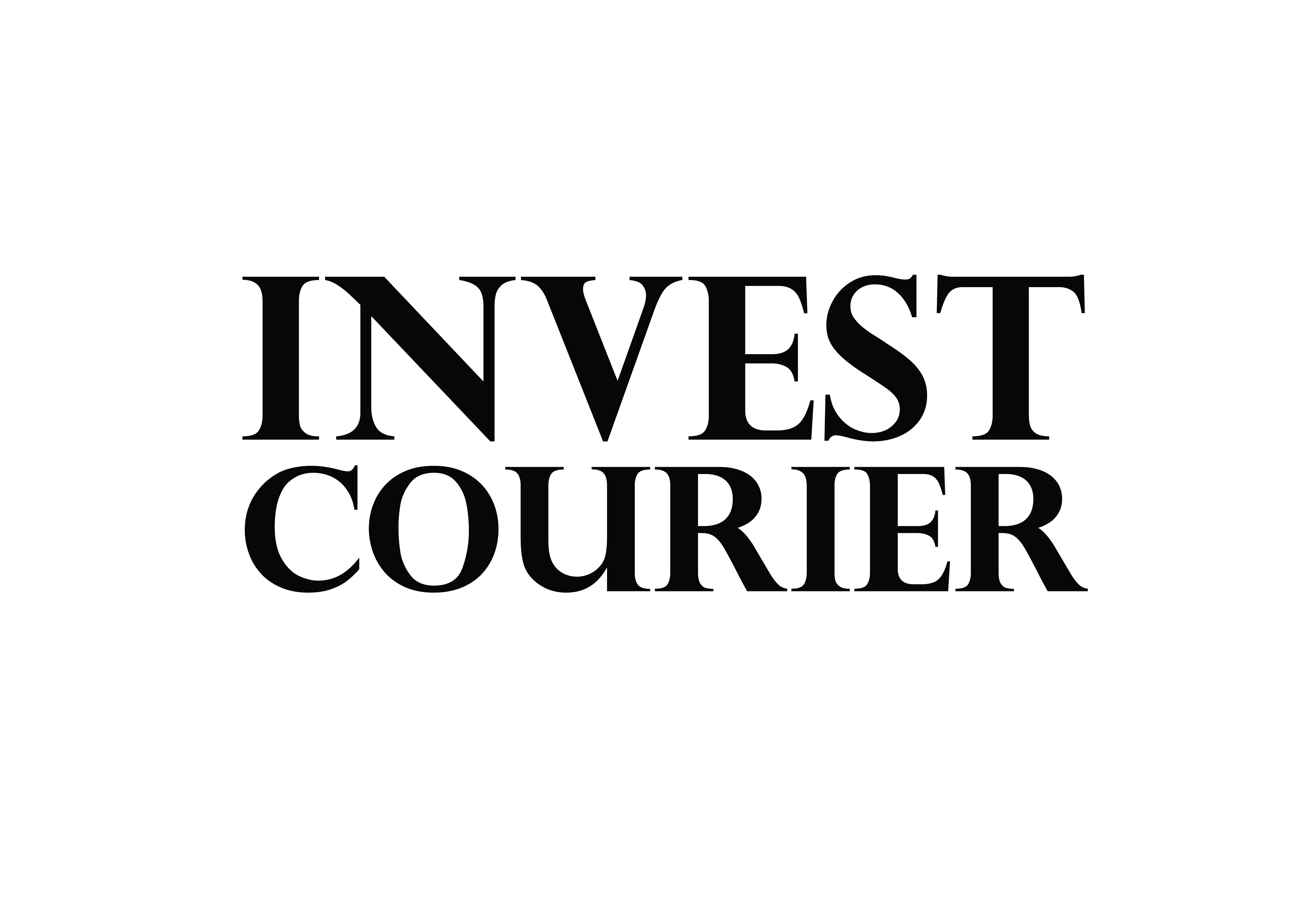Determining what to charge can be tricky when working independently. You want to stay competitive but also ensure fair compensation for your skills. The right pricing strategy helps maintain financial stability while attracting quality clients.
Experience, industry standards, and pricing models all play a role. Taxes and confidence in your value also matter. For example, professionals like Grace Lemire charge $40/hour, while others, such as Austin Kick, opt for $20/hour based on their niche.
The goal is simple: earn what you deserve without pricing yourself out of opportunities. A well-planned approach ensures steady income and long-term success.
Key Takeaways
- Balancing fair pay with market rates is essential.
- Experience and industry standards influence pricing.
- Different pricing models suit different freelancers.
- Taxes impact your take-home earnings.
- Confidence in your worth helps justify rates.
Why Setting the Right Freelance Rate Matters
Your pricing strategy directly affects both income and client relationships. Charge too little, and you risk burnout. Charge too much, and you might lose opportunities. The sweet spot ensures sustainability and respect.
The Risks of Undercharging or Overcharging
Undercharging forces you to juggle multiple projects just to survive. Pangea’s data shows rates below $15/hour are unsustainable. After taxes, a $30/hour rate nets only $21—barely covering living costs.
Overcharging can deter budget-conscious clients. However, high rates signal expertise. Estarlyn Hiraldo, with 10+ years’ experience, justifies $30/hour because quality attracts loyal clients.
How Pricing Impacts Client Perception and Livelihood
Clients associate low rates with low quality. Competitive pricing builds trust. Pangea’s benchmarks suggest $18–$35/hour, depending on experience.
Key Takeaways:
- Undercharging leads to financial strain and burnout.
- Taxes eat into earnings—plan accordingly.
- Rates influence how clients perceive your work.
| Rate/Hour | Net Income (After 30% Tax) | Client Perception |
|---|---|---|
| $15 | $10.50 | Budget option |
| $30 | $21 | Mid-tier professional |
| $50+ | $35+ | Premium expertise |
How to Set Your Freelance Rates Strategically
Strategic pricing ensures your work is valued fairly while covering costs. It blends your experience, overhead, and financial goals into a profitable formula. Start by evaluating where you stand—then adjust for reality.
Match Rates to Your Skill Level
Your expertise dictates earning potential. Industry benchmarks suggest tiered ranges:
- Beginner: $18–$20/hour (0–2 years’ experience)
- Intermediate: $25–$30/hour (3–5 years)
- Expert: $35+/hour (5+ years)
Account for Hidden Costs
Business expenses impact take-home pay. Factor in:
- Software subscriptions (e.g., Adobe, Trello)
- Health insurance and retirement savings
- Taxes—save 30% to avoid IRS surprises
Designer Tre Zamora highlights flexibility:
“Rates vary by project scope. I negotiate based on client needs, but never below $35/hour.”
Example Calculation:
A $50k annual goal with $10k in expenses and 1,440 billable hours requires $42/hour. Tools like Pangea’s calculator simplify this math.
Understanding Industry Standards for Freelancers
Industry benchmarks help you stay aligned with fair market value. Rates differ drastically between niches—engineers often earn double what writers do. Tools like Salary.com and Payscale offer localized insights to refine your strategy.

Researching Rates in Your Niche
Compare your niche to others. Social media managers average $25/hour, while software developers command $50+. Editorial Freelancers Association surveys reveal writers earn $30–$80/hour based on expertise.
Leilah Harshbarger, a design/marketing freelancer, shares:
“My rates start at $45/hour but adjust for project complexity. Always research competitors first.”
Adjusting for Location and Demand
Cost of living (COL) impacts rates. A San Francisco designer might charge $75/hour, while rural Texas peers average $35. Glassdoor’s salary wizard helps factor in regional differences.
Top Research Tools:
- Salary.com for city-specific data
- Indeed’s hourly rate reports by job title
- Payscale’s freelance rate calculator
| Niche | Average Rate (Hourly) | High-Demand Locations |
|---|---|---|
| Engineering | $50–$120 | Silicon Valley, NYC |
| Content Writing | $25–$60 | Remote, Austin |
| Graphic Design | $30–$75 | Chicago, Los Angeles |
High-demand jobs like AI development justify premium rates. Regularly check market trends to stay competitive.
Choosing the Right Pricing Model for Your Services
Pricing flexibility gives freelancers an edge in competitive markets. Whether you bill by the hour, project, or results, each model impacts profitability and client relationships. The key is matching your approach to the work you deliver.
Hourly Rates: Pros, Cons, and When to Use Them
Charging an hourly rate works well for unpredictable tasks. It ensures payment for every minute spent, but efficiency can backfire. A blog writer finishing a post in one hour at $20 earns less than one charging $40/post—even if both invest equal time.
Watch out: Fast workers may penalize themselves. Use hourly billing for:
- Ongoing maintenance (e.g., tech support)
- Tasks with unclear scope
Value-Based Pricing: Charging for Results, Not Time
This model ties fees to outcomes, not hours. A web developer might charge 5% of a client’s $13k monthly revenue for a redesign—$650/month for measurable growth. Value-based pricing rewards expertise and efficiency.
“Clients pay for solutions, not your clock. If you save them $10k, $1k is fair—regardless of effort.” — Anonymous SaaS Designer
Project-Based and Retainer Models
Fixed project fees suit defined deliverables. Outline scope clearly in contracts to avoid endless revisions. For steady income, retainers guarantee availability (e.g., 20 hours/week for a virtual assistant).
Explore pricing options like packages or subscriptions to diversify income streams. Retainers build trust while reducing client turnover.
Calculating Your Ideal Freelance Rate
Crunching the numbers helps you land on a rate that supports your lifestyle. Start by defining your annual income goal, then factor in taxes, breaks, and admin tasks. A structured approach eliminates guesswork.
Determining Your Annual Income Goal
Say you aim for $60k/year. With 48 working weeks (allowing 4 weeks off), you’d need to earn $1,250/month. Break it down further:
- Billable hours/week: 30 hours × 48 weeks = 1,440 hours/year.
- Rate calculation: $60,000 ÷ 1,440 = ~$42/hour.
Beginners like Austin Kick might start at $20/hour, scaling up with experience.
Accounting for Non-Billable Hours and Downtime
Not all hours generate income. Track:
- Admin tasks: 10 hours/week (emails, invoicing).
- Vacations: 4 weeks/year = 192 fewer billable hours.
Tools like Pangea’s calculator adjust for these gaps automatically.
| Income Goal | Billable Hours/Year | Hourly Rate Needed |
|---|---|---|
| $50,000 | 1,440 | $35 |
| $75,000 | 1,248 (with downtime) | $60 |
Pro tip: Use this worksheet—(Income + Expenses) ÷ (Hours – Vacations – Admin)—to customize for your services. Adjust quarterly as your efficiency grows.
Negotiating Rates with Confidence
Standing firm on your pricing requires both preparation and poise. Many freelancers hesitate when discussing money, but clarity wins clients and secures fair pay. Start by framing conversations around value, not hours.

How to Communicate Your Value to Clients
Clients buy results, not time. Use these tactics to showcase impact:
- ROI-focused proposals: “My $1,500 website redesign boosts conversions by 20%—potentially adding $10k/month for your business.”
- Portfolio metrics: Display before/after case studies. Grace Lemire’s testimonial—”Her copy increased our signups by 35%”—speaks louder than rates.
- Scripts: “My rate reflects 5 years of driving traffic for SaaS brands.”
Handling Pushback on Pricing
Budget objections are normal. Stay calm and pivot:
- Flexible options: “Let’s adjust the scope to fit your budget—fewer revisions or a phased rollout.”
- Roleplay responses: Practice saying, “I understand concerns. Here’s how this project pays for itself.”
- Silence is powerful: After stating your rate, pause. Glassdoor data shows clients often agree after 7 seconds.
“Never apologize for your pricing. Confidence signals expertise.” — Anonymous Marketing Consultant
Remember: Discounting too quickly undermines your work. If a client won’t pay fairly, they’re not the right fit.
When and How to Raise Your Rates
Adjusting your pricing over time reflects growing expertise and market shifts. Regular evaluations ensure your income matches your value. Here’s how to time and communicate changes smoothly.
Signs You’re Ready for a Rate Increase
Watch for these indicators:
- Consistent bookings: Full schedules mean your *skills* are in *demand*.
- New certifications: Advanced training justifies higher fees.
- Client testimonials: 10+ glowing reviews prove your impact.
Estarlyn Hiraldo waited 5 *years* before hiking her fees to $30/hour. Her portfolio of successful *projects* made the case undeniable.
Announcing Rate Changes to Existing Clients
Transparency builds trust. Follow these steps:
- Give 60-day notice: Email templates like, “Exciting news! As of [date], rates will adjust to reflect enhanced services.”
- Offer grandfathering: Honor old rates for 3 months for loyal clients.
- Highlight value: Tie the rate increase to results you’ve delivered.
| Approach | New Clients | Existing Clients |
|---|---|---|
| Increase | 15% | 10% |
| Notice Period | Immediate | 60 days |
“Clients respect professionalism. When I raised rates, I explained how my work boosted their revenue—no pushback.” — Estarlyn Hiraldo
Common Freelance Pricing Mistakes to Avoid
Many freelancers unknowingly sabotage their earnings with avoidable pricing errors. Small missteps—like undervaluing work or ignoring scope creep—add up fast. Fixing these early protects your income and sanity.
Undervaluing Your Work
73% of freelancers undercharge initially, fearing lost clients. But low rates attract budget-focused buyers, not quality partners. Tre Zamora’s rule: Never accept “free trial work.” Instead:
- Offer a paid mini-project to showcase skills.
- Highlight ROI: “My $500 audit saves you $2k in wasted ads.”
Ignoring Scope Creep and Revisions
Unlimited revisions drain profits. A graphic designer shared:
“I now cap edits at two rounds. Clients make decisive feedback when they know limits.”
Stop scope creep with:
- Change orders: Bill extra for added requests.
- Track non-billable hours: Admin tasks eat 20% of freelancers’ time.
| Mistake | Solution |
|---|---|
| No contract | Define deliverables, revisions, and payment terms upfront. |
| Hourly billing for fixed-scope projects | Switch to value-based pricing. |
Tools and Resources to Simplify Rate Setting
The right tools can streamline your pricing strategy and save hours of guesswork. Digital solutions handle calculations, contracts, and taxes—freeing you to focus on services instead of spreadsheets. Whether you’re billing by time or project, these resources ensure accuracy and professionalism.
Freelance Rate Calculators
Rate calculators factor in taxes, expenses, and goals to suggest fair pricing. Compare top options:
| Tool | Key Feature | Best For |
|---|---|---|
| Pangea | Tax-inclusive estimates | Beginners |
| FreshBooks | Expense tracking | Service-based freelancers |
| Clockify | Hourly rate conversions | Time-based projects |
QuickBooks Self-Employed adds tax estimates, ideal for quarterly filings. These tools eliminate manual math errors.
Contracts and Invoicing Tools
Protect your business with legally sound contracts. HelloBonsai offers templates for:
- Kill fees (if clients cancel mid-project)
- Intellectual property rights
- Late payment penalties
Invoicing tools like Wave automate reminders and accept multiple payment methods. Pair them with Toggl for time tracking or Asana for project milestones.
“Automating invoices cut my admin time by 60%. Now I chase deadlines, not payments.” — Freelance Developer
Conclusion
Pricing your work fairly ensures sustainable growth in the freelance world. Focus on value, research industry standards, and negotiate with confidence. These steps help you attract quality clients while securing fair pay.
Start today—calculate your ideal rate and update contracts. Remember, your skills deserve professional compensation. You’re worth it.
For a quick reference, download our rate-setting checklist. Ready to scale? Explore our next guide on reaching six figures.
FAQ
What’s the biggest mistake freelancers make when setting rates?
Many undervalue their work, leading to burnout and lower income. Always factor in experience, costs, and market demand.
How do I know if my rates are competitive?
Research industry standards for your niche using platforms like Upwork or Glassdoor. Compare rates based on skill level and location.
Should I charge hourly or per project?
Hourly works for tasks with uncertain timelines. Value-based pricing suits projects where results matter more than hours spent.
How often should I raise my rates?
Increase them annually or when gaining expertise, demand rises, or expenses grow. Communicate changes transparently to clients.
What tools help calculate freelance rates?
Use free calculators like Bonsai or FreshBooks. Track time with Toggl and invoice clients using HoneyBook for accuracy.
How do I handle clients who push back on pricing?
Highlight your unique value, share testimonials, and offer flexible payment plans. Stand firm if the rate reflects your worth.
Can I charge more for rush projects?
Absolutely. Add a 20–30% premium for tight deadlines. Clients often pay extra for urgency if you deliver quality.
What expenses should I include in my rate?
Account for taxes (25–30%), software, healthcare, and marketing. Divide annual costs by billable hours for a realistic rate.


